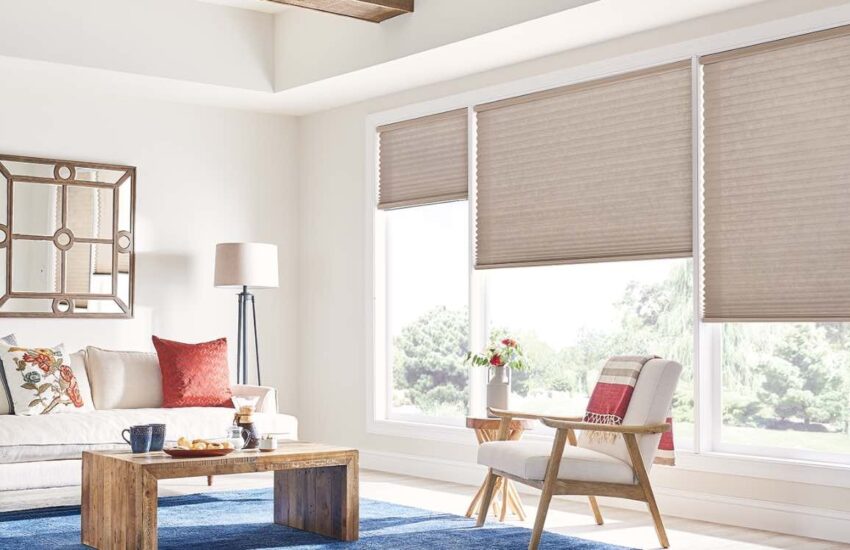Is your wallpaper beginning to seem worn? Dust and moisture may discolour paper with time, making once-pristine walls seem dirtier than when they were initially coated. On kitchen wallpaper, cooking sprays, smoke, or evaporated oils might settle, producing a sticky surface where dust can readily adhere and cast a shadow. In the meanwhile, the bathroom’s wallpaper may develop mildew or mould owing to the room’s high humidity and frequent water sprays. Water may also penetrate porous walls (due to a leak or damaged pipe, for example), causing the underlying wood to produce tannins and stain the wallpaper.
Here are some simple techniques to eliminate the scuffs and grime. Consider the kind of wall covering you have and the amount of damage it can withstand before reading on to discover efficient ways for cleaning wallpaper.Options to customize wallpaper is essential here.
The Correct Technique for Cleaning Wallpaper
Before you begin a thorough cleaning of the wallpaper, you must determine its kind. Vinyl is by far the most common material for wallpaper, and the whole industry is now experiencing a renaissance due to advances in materials science and production processes. As a result, there is a greater variety of possibilities, each with its own cleaning concerns depending on the durability of the material. Below are the top seven things that need your immediate attention.
Before proceeding, remove any dust that may be present in the area.
Every kind of wall covering must be cleaned with a microfiber cloth at least once every two months. Using a sweeper with a long handle, it is possible to reach high, inaccessible areas to clean the ceiling. You may also use the extension of the wall brush to clean the walls! Ensure that there are no bristles on the head of the vacuum and that it is sucking up dust without harming the wall. Long, even strokes are used to vacuum the room from ceiling to floor. For wallpaper in living room this is important.
The wallpaper should then be washed with soapy water to eliminate any lingering dirt. Only vinyl and fibreglass are suitable materials.
Add a quarter cup of castile or mild dish soap to one gallon of water in a bucket. Cleanse dishes with the combined cleaning agent. Next, wipe the surface clean using a soft, nonabrasive sponge that has been soaked in soapy water, rung out until it is barely damp, and then used to clean the wallpaper.
If your wallpaper is located in the kitchen, this soapy solution should be able to remove most grease stains, but it may not be able to remove all stains. Mold and water damage may already exist, making this treatment useless. Make a mental note of any persistent stains, but avoid the impulse to scrub harder; the remaining stains will be addressed in the following phase. You may temporarily dry the walls by hanging them up to dry or wiping them down with a towel.
Third, address any water-related concerns, including smudges and stains.
To remove a stain properly, you must first determine the kind of stain. Using a gum eraser or a piece of white bread, pencil markings and soiled handprints on vinyl wallpaper may be readily erased. Apply the eraser or bread to the stain and rub gently in a circular motion until the stain disappears.






